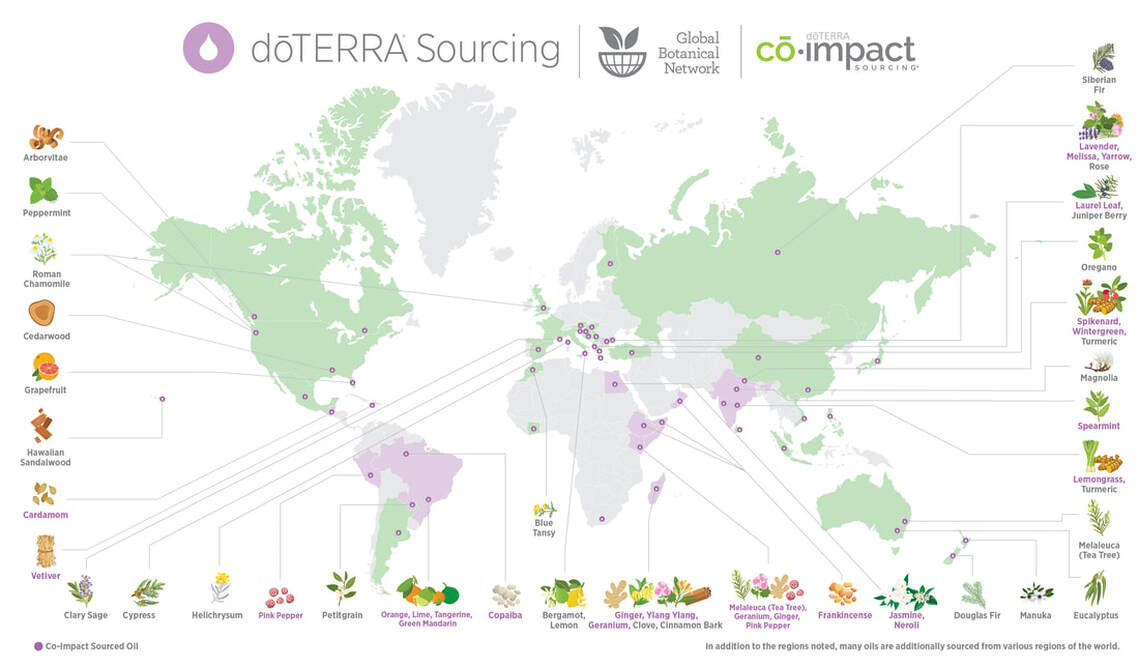Ahhh...the sweet smell of petrochemicals! The Environmental Working Group (EWG) reports that, while many popular perfumes, colognes and body sprays contain trace amounts of natural essences, they also typically contain a dozen or more potentially hazardous synthetic chemicals, some of which are derived from petroleum. To protect trade secrets, makers are allowed to withhold fragrance ingredients, so consumers can’t rely on labels to know what hazards may lurk inside that new bottle of perfume.
“A rose may be a rose,” reports EWG. “But that rose-like fragrance in your perfume may be something else entirely, concocted from any number of the fragrance industry’s 3,100 stock chemical ingredients, the blend of which is almost always kept hidden from the consumer.”
“A rose may be a rose,” reports EWG. “But that rose-like fragrance in your perfume may be something else entirely, concocted from any number of the fragrance industry’s 3,100 stock chemical ingredients, the blend of which is almost always kept hidden from the consumer.”
Victoria Dorman - Animals & Essential Oils
|
|
The Science Behind Essential Oils
When you hear the word “volatile,” you may think it holds a negative connotation; however, in the case of essential oils, volatility refers to a substance’s ability to change its state quickly. The chemical makeup of volatile aromatic compounds in essential oils allow them to disperse quickly through the air. This is why you can instantly smell the potent aroma of an essential oil from the moment you open the bottle—even from a distance.
When you hear the word “volatile,” you may think it holds a negative connotation; however, in the case of essential oils, volatility refers to a substance’s ability to change its state quickly. The chemical makeup of volatile aromatic compounds in essential oils allow them to disperse quickly through the air. This is why you can instantly smell the potent aroma of an essential oil from the moment you open the bottle—even from a distance.
|
How are Essential Oils Made?
It is important to note that not all essential oils are created equal. The purity of an oil can change depending on geographic location, distillation methods, weather, and other factors. Additionally, no matter how well a plant is selected, cared for, and harvested, the quality of an essential oil can either be preserved or destroyed during the distillation process. Because of the attention to detail and precision necessary in distillation, it becomes less of a process and more of an art form. Distillers must be precise and pay careful attention to harvesting methods, temperatures, time of distillation, the amount of pressure used, etc.
How Does a Plant Become an Essential Oil?
The exact process for producing an essential oil will vary depending on what type of plant the oil comes from. However, the basic idea is that plants go through a specific distillation process using special machinery in order to separate the essential oil from its plant parts. The essential oil hides within different parts of the plant, often in microscopic amounts. During the distillation process, the machinery will separate the essential oil from its original plant part. For example, when citrus oils are produced, machinery is used to separate the essential oil from the rind of the fruit.
It is important to note that not all essential oils are created equal. The purity of an oil can change depending on geographic location, distillation methods, weather, and other factors. Additionally, no matter how well a plant is selected, cared for, and harvested, the quality of an essential oil can either be preserved or destroyed during the distillation process. Because of the attention to detail and precision necessary in distillation, it becomes less of a process and more of an art form. Distillers must be precise and pay careful attention to harvesting methods, temperatures, time of distillation, the amount of pressure used, etc.
How Does a Plant Become an Essential Oil?
The exact process for producing an essential oil will vary depending on what type of plant the oil comes from. However, the basic idea is that plants go through a specific distillation process using special machinery in order to separate the essential oil from its plant parts. The essential oil hides within different parts of the plant, often in microscopic amounts. During the distillation process, the machinery will separate the essential oil from its original plant part. For example, when citrus oils are produced, machinery is used to separate the essential oil from the rind of the fruit.
Using Essential Oils Today
While essential oils and plant extracts have been used for centuries, essential oils still hold relevant applications today. With advancing technology, improved quality, potency, and safety, essential oils are now more accessible and easy to use in everyday life. Although essential oils were often used as a part of cultural practices and traditions of the past, we now have increasing scientific evidence and research to show the effectiveness and safe nature of essential oils in our day and age.
Essential Oils for Health Benefits
In ancient times, people used essential oils and plant parts to improve their health and well-being. Because essential oils can be used to soothe occasional skin irritations, promote healthy digestion, support good oral health, create feelings of clear airways*, and more, they have long been a popular choice for those who want to maintain good health.
Essential oils offer a variety of benefits, and each individual experiences essential oil use in their own way. Fortunately, the diversity of essential oils makes them a helpful way to maintain health, even for those who have specific health concerns, seek diverse health benefits, or experience sensitivity. Using essential oils for health benefits has become popular because it allows the user to tailor the experience to their specific wants and needs, rather than settling for a generic solution.
The Emotional Benefits of Essential Oils
With unique chemical structures, each essential oil holds a variety of benefits for the user. Some essential oils hold soothing, toning, and grounding properties, while others are known as energizing, uplifting, warming, or renewing. As our bodies go through an array of emotions and physical states throughout a single day, essential oils can help us manage and maintain well-being.
The chemical design of an essential oil gives it specific benefits. Some essential oils are helpful for cleansing or purifying, while others provide a soothing sensation to the skin. The aroma of essential oils can also create a chemical reaction in the brain, eliciting emotions and internal responses.
Our sense of smell can produce powerful, mental, physiologic, and emotional responses.
While essential oils and plant extracts have been used for centuries, essential oils still hold relevant applications today. With advancing technology, improved quality, potency, and safety, essential oils are now more accessible and easy to use in everyday life. Although essential oils were often used as a part of cultural practices and traditions of the past, we now have increasing scientific evidence and research to show the effectiveness and safe nature of essential oils in our day and age.
Essential Oils for Health Benefits
In ancient times, people used essential oils and plant parts to improve their health and well-being. Because essential oils can be used to soothe occasional skin irritations, promote healthy digestion, support good oral health, create feelings of clear airways*, and more, they have long been a popular choice for those who want to maintain good health.
Essential oils offer a variety of benefits, and each individual experiences essential oil use in their own way. Fortunately, the diversity of essential oils makes them a helpful way to maintain health, even for those who have specific health concerns, seek diverse health benefits, or experience sensitivity. Using essential oils for health benefits has become popular because it allows the user to tailor the experience to their specific wants and needs, rather than settling for a generic solution.
The Emotional Benefits of Essential Oils
With unique chemical structures, each essential oil holds a variety of benefits for the user. Some essential oils hold soothing, toning, and grounding properties, while others are known as energizing, uplifting, warming, or renewing. As our bodies go through an array of emotions and physical states throughout a single day, essential oils can help us manage and maintain well-being.
The chemical design of an essential oil gives it specific benefits. Some essential oils are helpful for cleansing or purifying, while others provide a soothing sensation to the skin. The aroma of essential oils can also create a chemical reaction in the brain, eliciting emotions and internal responses.
Our sense of smell can produce powerful, mental, physiologic, and emotional responses.


